Restoring the world’s wildlife populations through rewilding would deliver a huge range of benefits to people and nature. While there are many challenges to the scaling up of such rewilding, a newly published paper outlines measures that might help to overcome them.
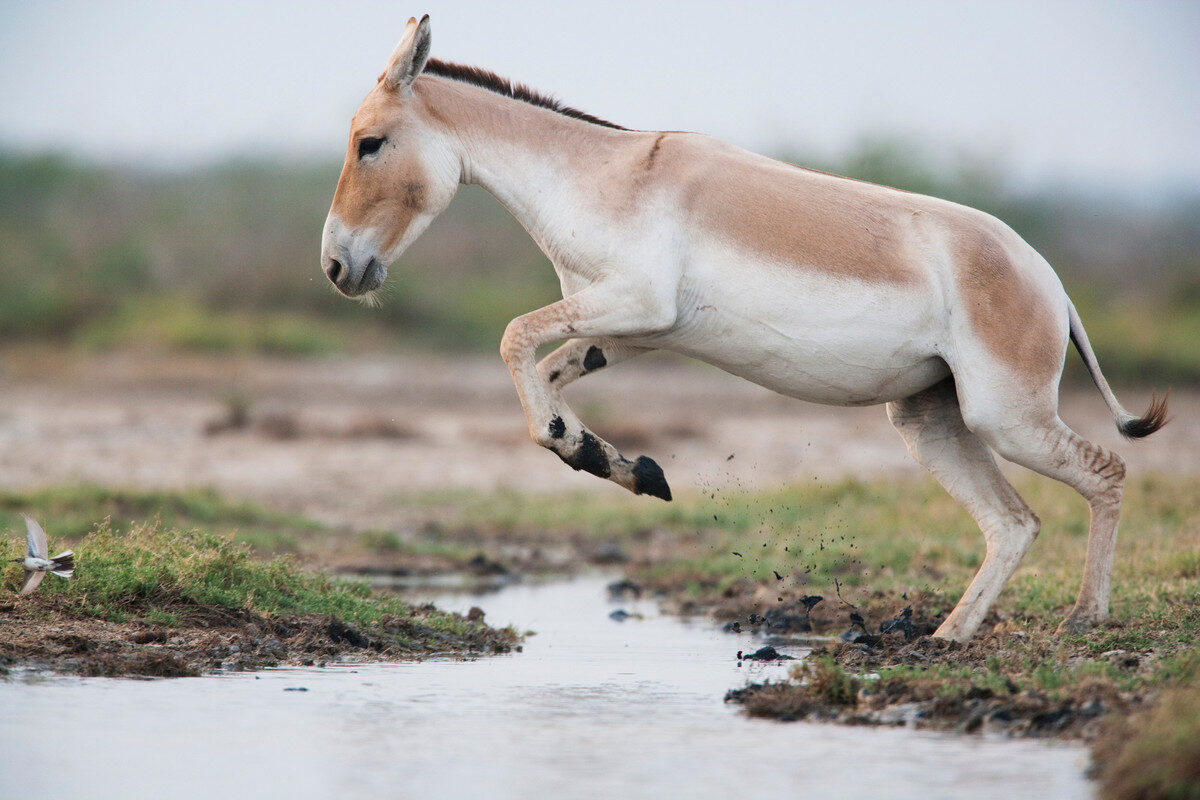
Challenges and opportunities
By giving nature the space and capacity to heal itself, rewilding is the best way to simultaneously address climate change and enhance biodiversity. Yet for rewilding to be impactful, it needs to be practised at a far larger scale than it is today, both on land and in the sea.
A new paper, published this month in the Journal for Nature Conservation, discusses the major challenges and potential solutions for the scaling up of trophic rewilding, which essentially involves the restoration of large-bodied animal populations to enhance ecosystems.
There is an urgency to restore large wildlife. As a critical element of functional ecosystems, healthy and diverse populations of animal species – particularly keystone species – play a hugely important role in delivering benefits such as clean air, fresh water, catastrophic wildfire prevention, and carbon uptake and storage.

“Most wildlife populations are now at a fraction of the level they were at before man intervened,” says Rewilding Europe’s Head of Landscapes Deli Saavedra, who co-authored the new paper alongside Nestor Fernandez and Jens-Christian Svenning. “While there are significant challenges to the scaling up of rewilding as a means of restoring such populations, we also highlight the opportunities.”
The authors have made a compelling case for less bureaucracy and more constructive action, focusing on the availability of land, supportive policies, the supply of animals for translocations and reintroductions, and funding. The new paper explores such challenges and opportunities in two very different areas – the Mediterranean rangelands and the steppes of Kazakhstan.
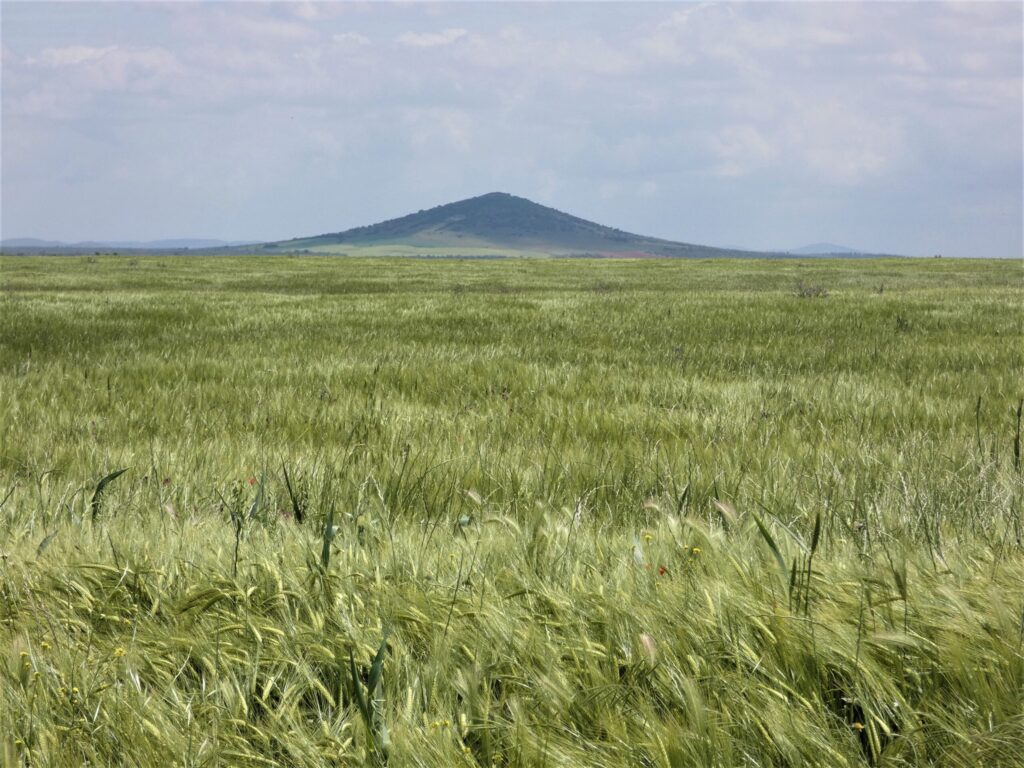
Abandonment farmland
Abandonment of farmland and rural depopulation has been a feature across much of Europe over the last few decades, with overgrazed land with very little left to give leading to lower agricultural profitability. The Mediterranean rangelands are no exception, where large herbivores have been historically abundant, but now play a greatly diminished role in shaping natural processes and maintaining semi-open, complex habitats. Biodiversity has suffered as a result, while a greater biomass of less varied vegetation in some places has increased fire risk. In Spain alone between 2006-2015, one million hectares burned and 69 people died.
Ancient and locally adapted breeds of cattle and horses still reside in many of these southern European regions and could be utilised as proxies for extinct herbivory functions that would once have carved out vast swathes of mosaic habitat to the benefit of many species.
However, the current political framework in place hinders progress being made on the ground, with the European Union’s Common Agricultural Policy (CAP) continuing to incentivize agriculture on marginal lands. Making natural grazing eligible for similar financial rewards would be a win-win for biodiversity and the fight against the climate crisis.
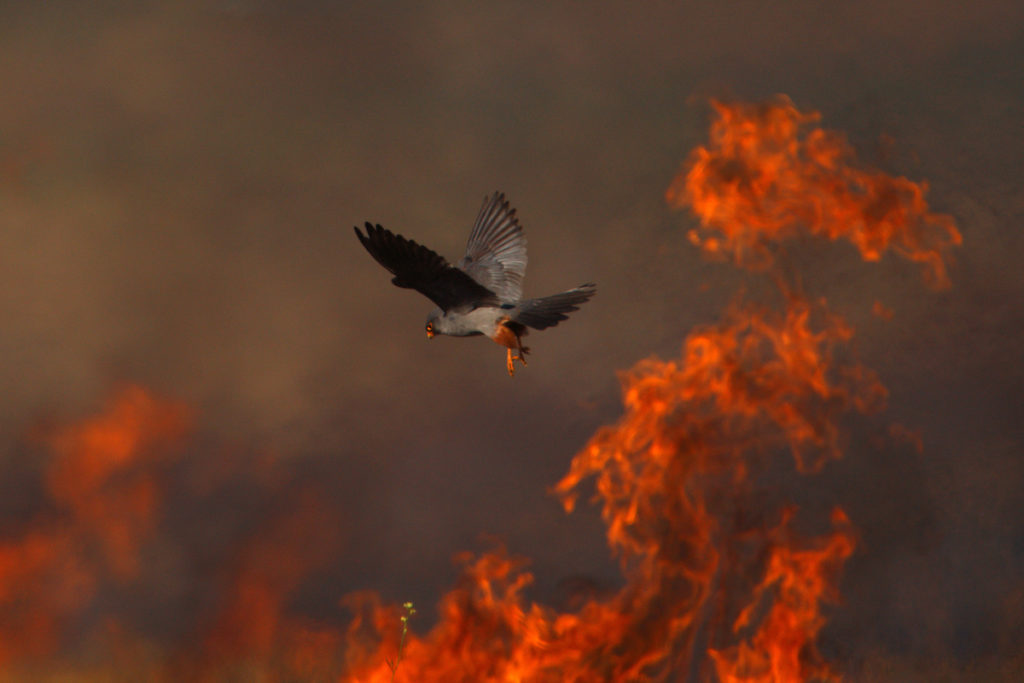
A steppe by steppe process
The second case in the article – the Kazakh steppe – forms part of the world’s largest grassland region. Between 1954 and 1963, 15 million hectares of it were converted into cropland. But since the collapse of the Soviet Union in 1991, widespread land abandonment has led to much of the land reverting back to grassland. Some has been recultivated, but much of the marginal land remains disused, with vegetation growth leading to a heightened risk of catastrophic wildfire outbreaks, which release carbon into the atmosphere.
Steppe rewilding aims to restore populations of large herbivores so that they can perform their functional role once again. With their grazing, browsing, trampling and general disturbance of the ground, the restoration of large herbivore populations can reduce the severity of wildfires by clearing vegetation and creating natural firebreaks. On the Kazakh steppe, kulan, horse and camel all have a role to play, with many of the country’s 200,000 domestic and feral Bactrian camels and 300,000 Kazakh horses already living freely here.
A major barrier is the recultivation of abandoned cropland that seems to be gaining momentum, for example for biofuels. A change of policy favoring carbon sequestration in the grasslands is needed to scale up trophic rewilding in the steppes.
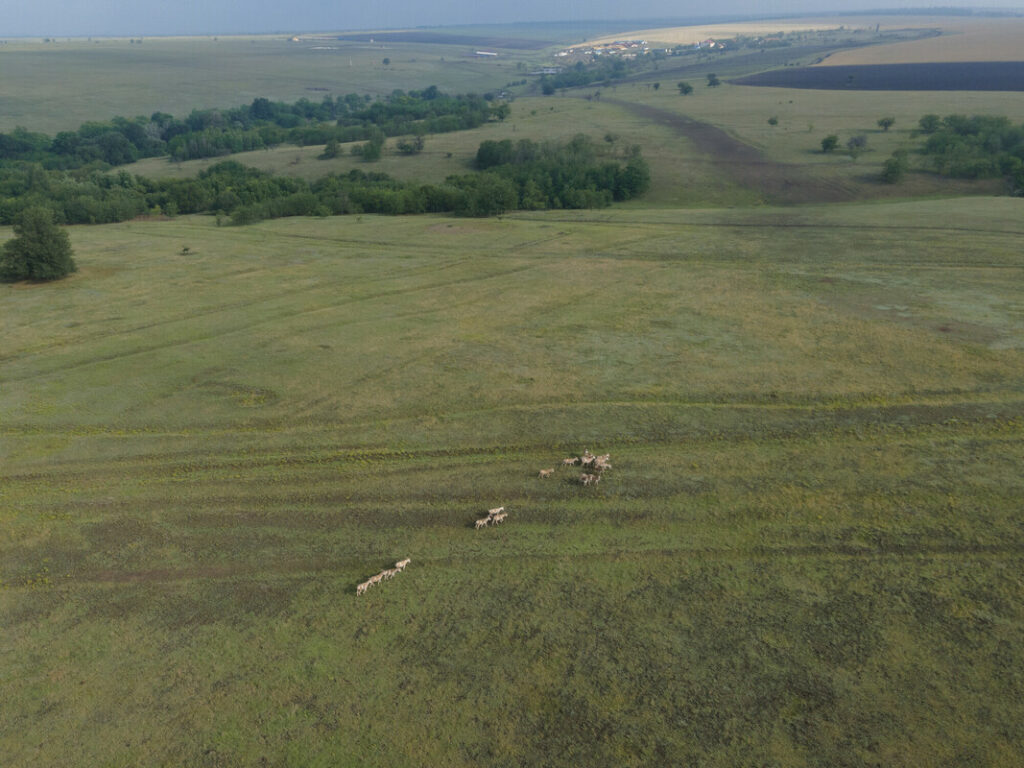
Looking to the future
Both cases show that with land availability improving, there are great opportunities to upscale megafauna rewilding across huge areas. Attention to key factors will determine whether the upscaling of megafauna can take place: a supportive policy framework, a supply of suitable animals, public acceptance – and a steady flow of funding.
The new and updated European Wildlife Comeback Report, which was commissioned by Rewilding Europe and published in September 2022, shows that populations of key wildlife species – such as European bison and grey wolves in Europe – can and will make a comeback if we give them the right conditions to recover.
Rewilding Europe is working to support wildlife comeback in all its operational landscapes, and by supporting other rewilding initiatives across Europe. Our European Wildlife Comeback Fund, which was launched in 2022, is specifically designed to support the recovery of European wildlife populations, with a focus on keystone species.
With over 1.5 million euros already received from financial partners, we aim to facilitate 30 wildlife comeback interventions or initiatives involving over 1,000 animals across 15-20 European countries. Over the next few months, the fund will support the release of a wide range of wildlife species across Europe.
Nature shows us time and time again how resilient it is, bouncing back remarkably quickly when given the opportunity and space to do so. With Rewilding Europe continuing to demonstrate rewilding on the ground, and in doing so, nurturing public acceptance on a vast scale through effective communication and physical results, more space is being made for megafauna.
